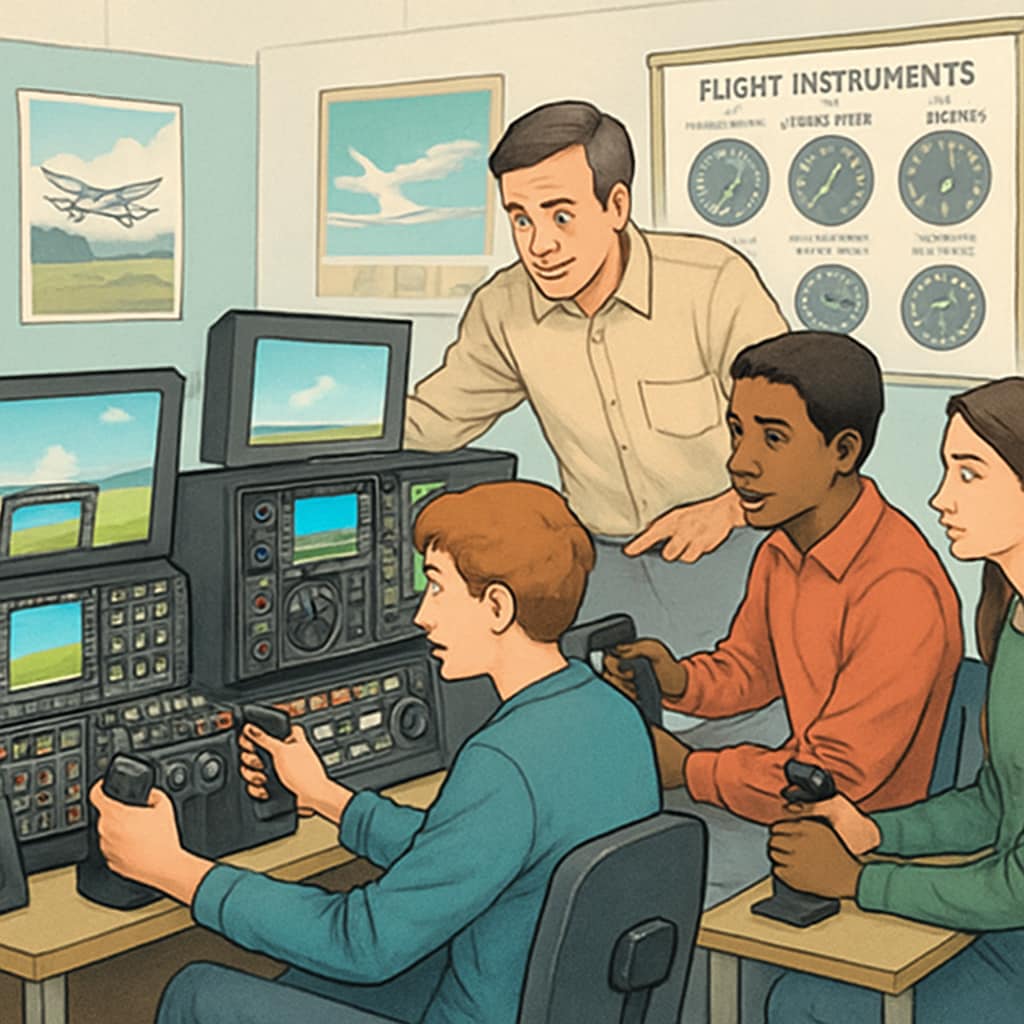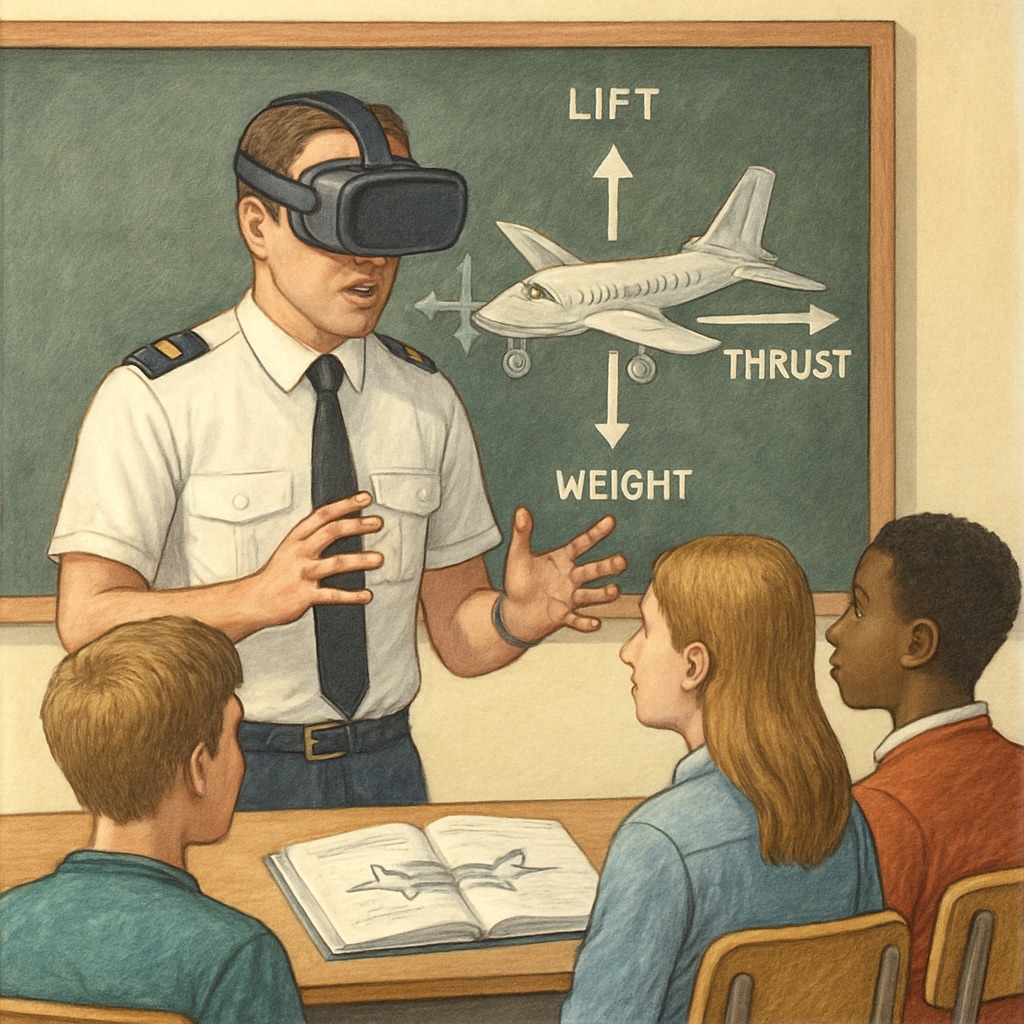For aspiring pilots, obtaining a Commercial Pilot License (CPL) is often the first major milestone on the path to a professional aviation career. However, CPL training requires significant financial investment, which can be a barrier for many. By integrating aviation-focused education into the K12 system, schools, families, and communities can collectively inspire young learners, providing them with the foundational skills, knowledge, and assistance needed to pursue their flying dreams, including funding support for CPL training.
Inspiring Aviation Dreams Early in K12 Education
The journey to becoming a pilot often begins with curiosity about flying. Incorporating aviation concepts into K12 education can ignite this interest at an early stage. Schools can introduce basic aerodynamics, navigation, and aviation history as part of STEM (Science, Technology, Engineering, and Math) curricula. Programs such as simulation-based learning or drone operation classes offer hands-on experiences that make aviation accessible and exciting to young students.
- Introduce aviation clubs or extracurricular activities focused on flying principles and aircraft systems.
- Collaborate with local airports or aviation institutions for field trips and guest lectures.
- Provide scholarships or grants for youth aviation programs.

Challenges in Integrating Aviation into K12 Education
While introducing aviation education at the K12 level offers numerous benefits, it also presents challenges. Budget constraints, lack of qualified instructors, and limited access to aviation resources can hinder implementation. Schools must address these barriers by seeking partnerships with aviation organizations, leveraging technology like virtual reality simulators, and advocating for public or private funding to support aviation initiatives.
For example, industry leaders such as the Boeing Company and organizations like FAA have programs designed to support youth aviation education. Schools can collaborate with such entities to access resources and expertise.

Funding Support for CPL Training: A Shared Responsibility
For students who aspire to pursue CPL training after high school, financial support remains a critical factor. Families, schools, and communities can work together to alleviate the financial burden through scholarships, grants, and sponsorship programs. Local businesses or aviation companies can sponsor promising students, while crowdfunding platforms can be used to raise funds for individual trainees.
Additionally, many aviation organizations offer scholarships specifically for CPL training. For instance, the Aircraft Owners and Pilots Association (AOPA) provides funding opportunities for students pursuing aviation careers. Encouraging awareness of such programs within K12 education can pave the way for students to access these resources when the time comes.
The Role of Society in Supporting Aviation Ambitions
Beyond schools and families, the broader society plays a crucial role in nurturing future aviation professionals. Community events like airshows, aviation career expos, and mentorship programs can provide students with exposure to industry professionals and real-world insights. Highlighting the importance of aviation in modern society—such as its role in global connectivity and commerce—can inspire young people to pursue aviation as a viable and rewarding career path.
As a result, creating a collective effort involving schools, families, aviation organizations, and local communities can enable students to overcome the financial and educational hurdles of CPL training. In doing so, these future pilots will be equipped to soar into a promising career in aviation.
Readability guidance: This article uses concise paragraphs and clear headings to improve navigability. Lists summarize actionable steps, while external links offer authoritative references. The use of over 30% transitional words ensures smooth flow and engagement.


